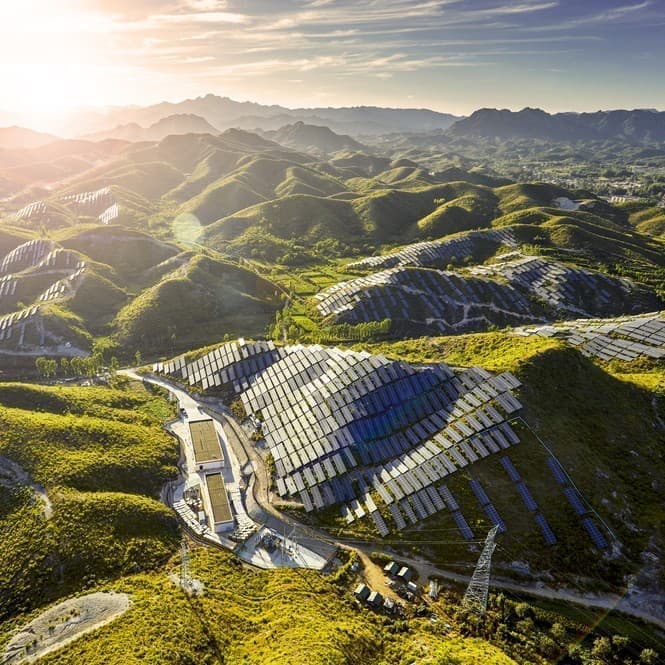The largest producer of greenhouse gases in the world, China, has pledged to achieve net-zero carbon dioxide emissions by 2060. The country, which has largely relied on coal-fired power facilities to provide most of its energy demands, has changed its course significantly as a result of the decision. State-owned energy giants have begun increasing their investments in renewable energy as a result.
China Petroleum and Chemical Corp., also known as Sinopec, China National Offshore Oil Corp. (CNOOC), and PetroChina are the three businesses leading these investment initiatives. To diversify their energy portfolios, the firms have set aside a combined investment of $14.5 billion in renewable energy projects in China.
We plan to dominate the hydrogen market in China, said Sinopec Chairman Ma Yongsheng, and we’ll increase our investments in renewable energy every year.
The company wants to become China’s top player in the emerging hydrogen market and envisages expanding its existing infrastructure to set up more hydrogen stations for fuel cell vehicles.
Read Also: warming-may-push-more-hurricanes-toward-us-coasts-study-says
China’s national hydrogen plan aims to have at least 50,000 fuel cell vehicles on the road by 2025, up from around 12,000 at the end of 2022, requiring a widespread network of hydrogen refueling stations. Sinopec has also launched a green hydrogen project in Inner Mongolia to fuel a coal-processing plant. It aims to reduce the plant’s carbon dioxide emissions by around 1.4 million tonnes per year.
CNOOC, with a focus on offshore drilling in the past, is pivoting to offshore wind power platforms investing around $15 billion to $30 billion in new energy sources.
Its first project in this direction involves building the Haiyou Guanlan deep-sea floating wind power platform, scheduled to commence operations in June.
The wind platform, placed over 100 kilometers from the shore of Hainan province, is projected to generate 22 million kilowatt-hours a year on average.
CNOOC CEO Zhou Xinhuai said his company would allocate 5-10% of its yearly budget to new energy sources.
PetroChina, China’s largest oil and natural gas producer, set up a research hub in Shenzhen to focus on new energy sources, aiming to invest $10 billion annually by 2025. The energy company invested around $1.2 billion in solar power and other renewables, including the Xinjiang region, where its investment increased its total capacity six-fold in 2022.
Story adapted from Oil Price
